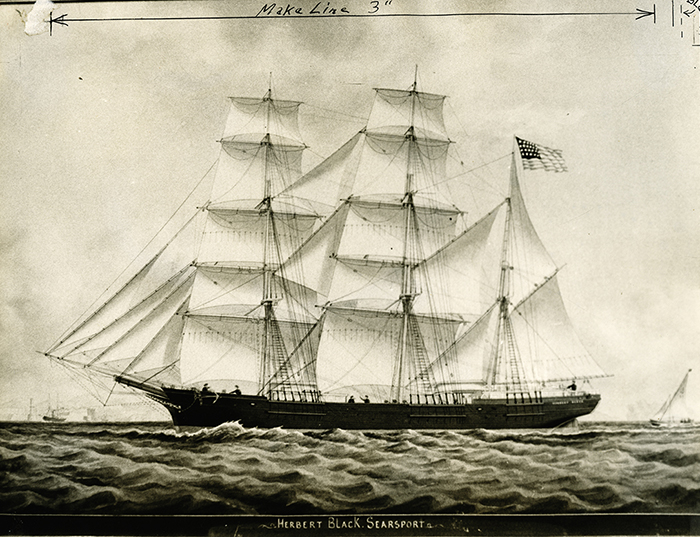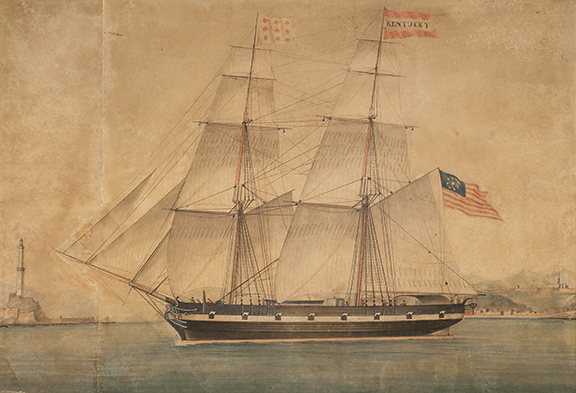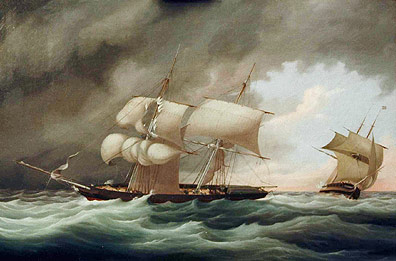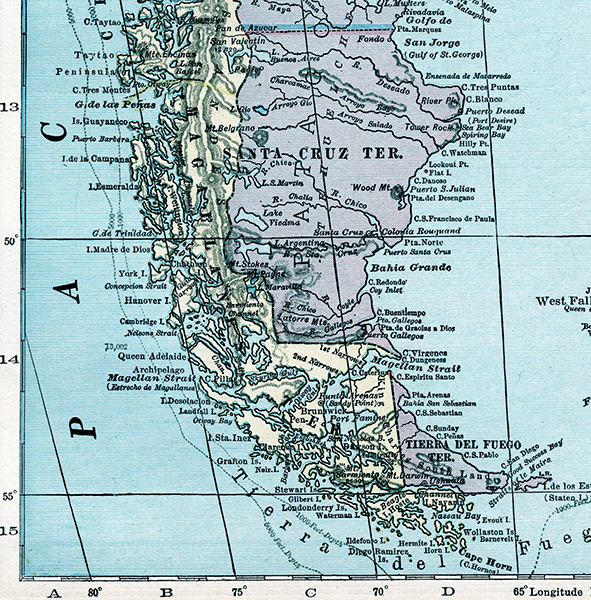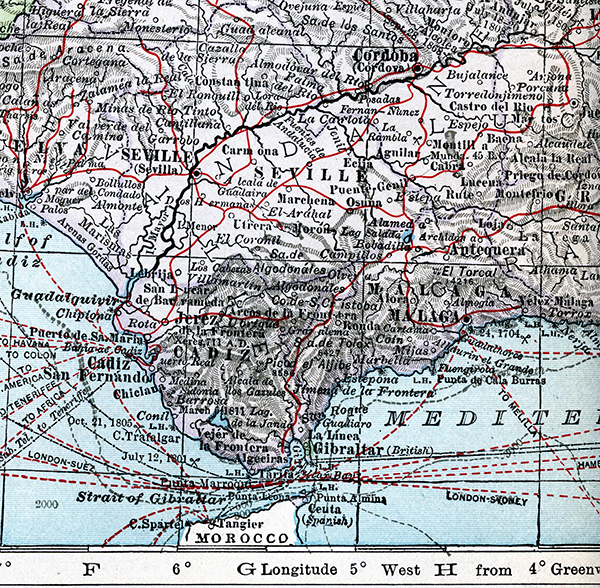Feats of Seamanship
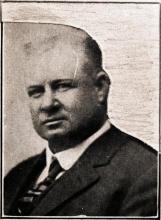
Skillful ship handling was characteristic of Maine captains. Captain Albert Nickels Blanchard (1868 – 1915) was the son of Clara Pendleton Blanchard and Captain William A. Blanchard. He was one of their five (out of eight) children born at sea. Albert Blanchard commanded five vessels between 1890 and about 1906, including the ship Bangalore on which he was born.
On one voyage of the bark Herbert Black, which he commanded from 1890 to 1895, the vessel’s rudder was carried away in the South Atlantic. Captain Blanchard built a juryJury Jury-rig
To replace quickly with whatever is at hand. Can be used as a noun or a verb. rudder, rounded Cape HornCape Horn
The southern tip of South America, the main obstacle to sailing west to the Pacific. The wind blows hard from the west, and vessels could take weeks to get around the Cape, into the Pacific Ocean., and reached his destination on the west coast of Central America. After calling at a number of ports on the coast and completing his business, he sailed back around Cape Horn and on to New York—still under his jury rudder. It is said that this feat has never been equaled. The scars made by the chains controlling the improvised rudder were visible in the Herbert Black’s planking for many years.
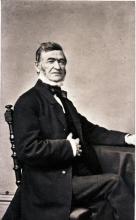
Captain Benjamin F. Carver (1806 – 1891) commanded the brig Kentucky from 1833 to 1840. She was one of the fastest sailing vessels of her class at that time, and was built specially for Carver. While under his command in the Atlantic Ocean, the Kentucky was mistaken for a slaverSlaver
A vessel carrying slaves. by an English Man-of-WarMan-of-War
A warship., and pursued all day. Finally, the British ship signaled the Kentucky to heave-toHove Heave, Hove to
To throw or to stop moving.. When the British officer who boarded her told Captain Carver that they had mistaken her for a slaver, Captain Carver replied, “If I had been, I should never have hove-to.” “Then,” replied the Englishman, “We should never have caught you.”
Ironically, after this incident, the Kentucky was sold to a Brazilian firm and was converted to a slaver, making many voyages to Africa. Eventually she was captured by the British, with a cargo of Africans aboard, and was destroyed in a river on the west coast of Africa.
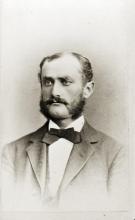
In 1876, Captain Charles Melvin Nichols (1851 – 1937) was commanding the bark Patmos off Cape Horn, bound from Hull, England to Valparaiso, Chile. The coal-laden vessel caught fire. Captain Nichols and his crew abandoned ship, and were rescued from lifeboats by a Liverpool ship also bound for ValparaisoValparaiso
A city in Chile, on the west coast of South America. Before the opening of the Panama Canal, Valparaiso was an important stopover port for ships traveling between the Atlantic and Pacific Oceans.. Captain Nichols’ wife tells her story in our chapter Stories of the Sea: Women’s Roles.
The weather turned bad, and the British ship found itself in mortal danger in the Straits of MagellanStrait of Magellan Magellan Strait
The narrow passage of water at the southern tip of South America, between Puerto Sara and Punta Arenas of Chile, and the Tierra del Fuego Islands. The Strait offers a passage from the Atlantic Ocean to the Pacific Ocean a little north of Cape Horn, which is at the actual southernmost point of South America.. The English captain lost his nerve and voluntarily relinquished command of the vessel to Captain Nichols. With the help of the double crew, Nichols was able to save the ship, escape from the dangerous situation, and bring the vessel safely into port.
Charles Nichols later brought the first cargo of tea from Yokohama, Japan to Tacoma, Washington on the Lucy A. Nickels in 1896. Eventually, he made the jump to steamships and commanded nine different steamers in the early part of the twentieth century.
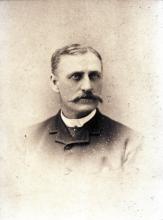
Captain Oscar G. Eaton (1845-1935) was a lucky man. In 1869, his vessel L. M. Merritt was dismasted in a storm and his second mate killed. Capt. Eaton himself was washed overboard--then washed back on deck again by the next big wave. He headed for GibraltarStraits of Gibraltar
A narrow strait that connects the Atlantic Ocean to the Mediterranean Sea and separates Gibraltar and Spain in Europe from Morocco in Africa. The name comes from the Rock of Gibraltar. Europe and Africa are separated by 7.7 nautical miles (14.3 km; 8.9 mi) of water at that point. under jury rig, and was towed to port by the British Man-of-War Ring Dove. Two months later, he was back at sea.
On a later voyage, he was not so fortunate. His wife Adelaide died aboard the bark Penobscot in 1869 in Singapore. She was buried according to Chinese custom in her oldest dress. Two years later her body was exhumed and carried to New York in a lead casket aboard the British vessel LooChoo. A grateful Captain Eaton presented his late wife’s gold jewelry to the British captain’s wife.

